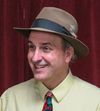Woody Grab Bag #005
A Woody LaBounty salad bar of child pyramids, feminist art, poetry, sandlot baseball, and Mr. Fixit.

On August 7, 1910, the North Beach playground was dedicated and these boys showed a use for the new park that my friends and I never tried: making a human pyramid dressed in our underwear. (Yes, that’s jealousy talking.)
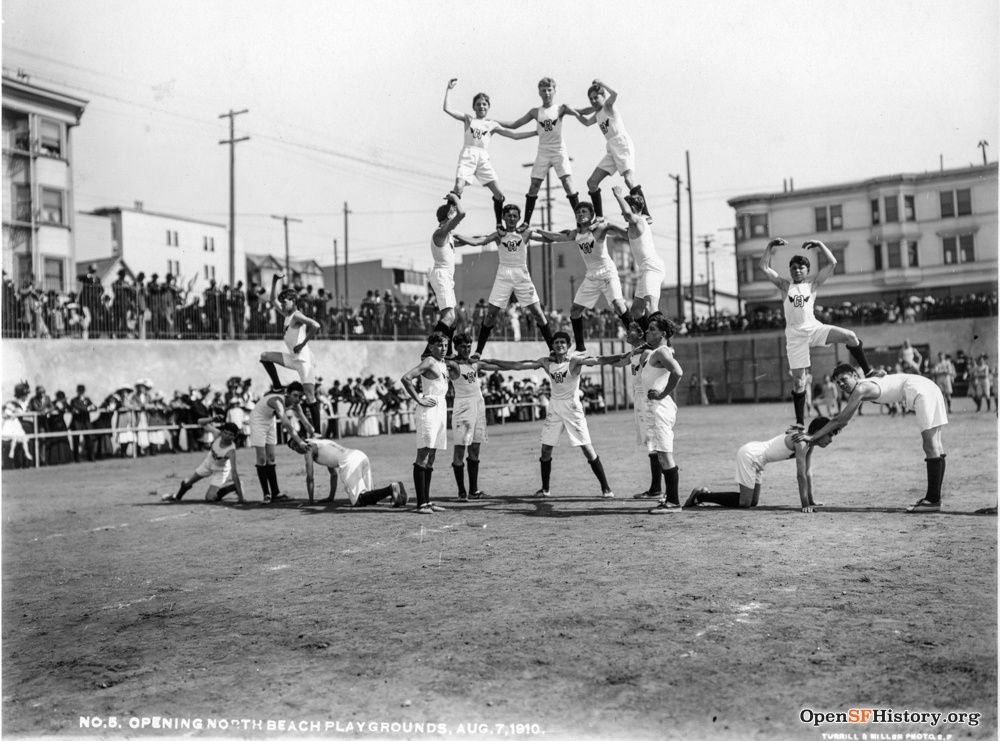
These kids might actually be from the San Francisco Turn Verein, a prominent club in the city before World War I forced all Germanic and Germanic-sounding activities to go on the down-low. The “Turners” originated in the early nineteenth century as a movement to unite independent Germanic kingdoms through democratic reforms and… gymnastics.
Turn Verein centers flourished in the United States as "Teutonic-American" people cultivated and nurtured their shared cultural connection through physical fitness activities, marching bands, choruses, theatrical groups, marksmanship clubs, and what were thought to be other healthy and patriotism-imbuing pursuits. (You can read more Turn Verein history on the website of the still-active Sacramento Turn Verein. )
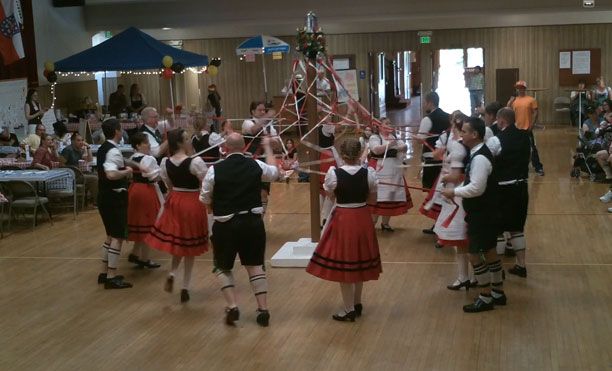
Unusual for such societies of the day, women and girls participated in the Turn Verein groups and not just as singers, actors, or dancers around May poles. Here’s an all-female pyramid:
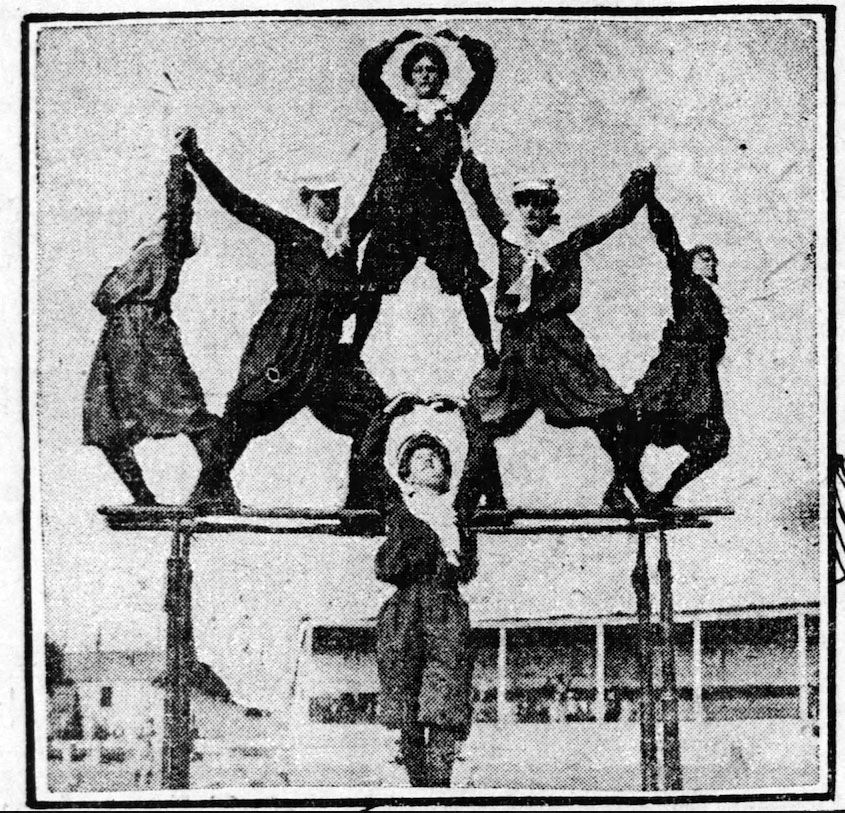
The same year the North Beach playground was dedicated, a cornerstone was laid at 3543 18th Street for a central Turn Verein hall in San Francisco’s Mission District, a place where all the neighborhood clubs could convene to tumble, sing songs, and indulge in German-ness while adapting “naturally to democratic standards of liberty.”* In 1935, the Sons and Daughters of Norway bought and renamed the building for their own use, renaming it Dovre Hall. (Many of us remember the Dovre Club bar on the ground floor before it moved to Valencia Street.) Today, the Mission-style building has a slightly more colorful appearance as the San Francisco Women’s Building:
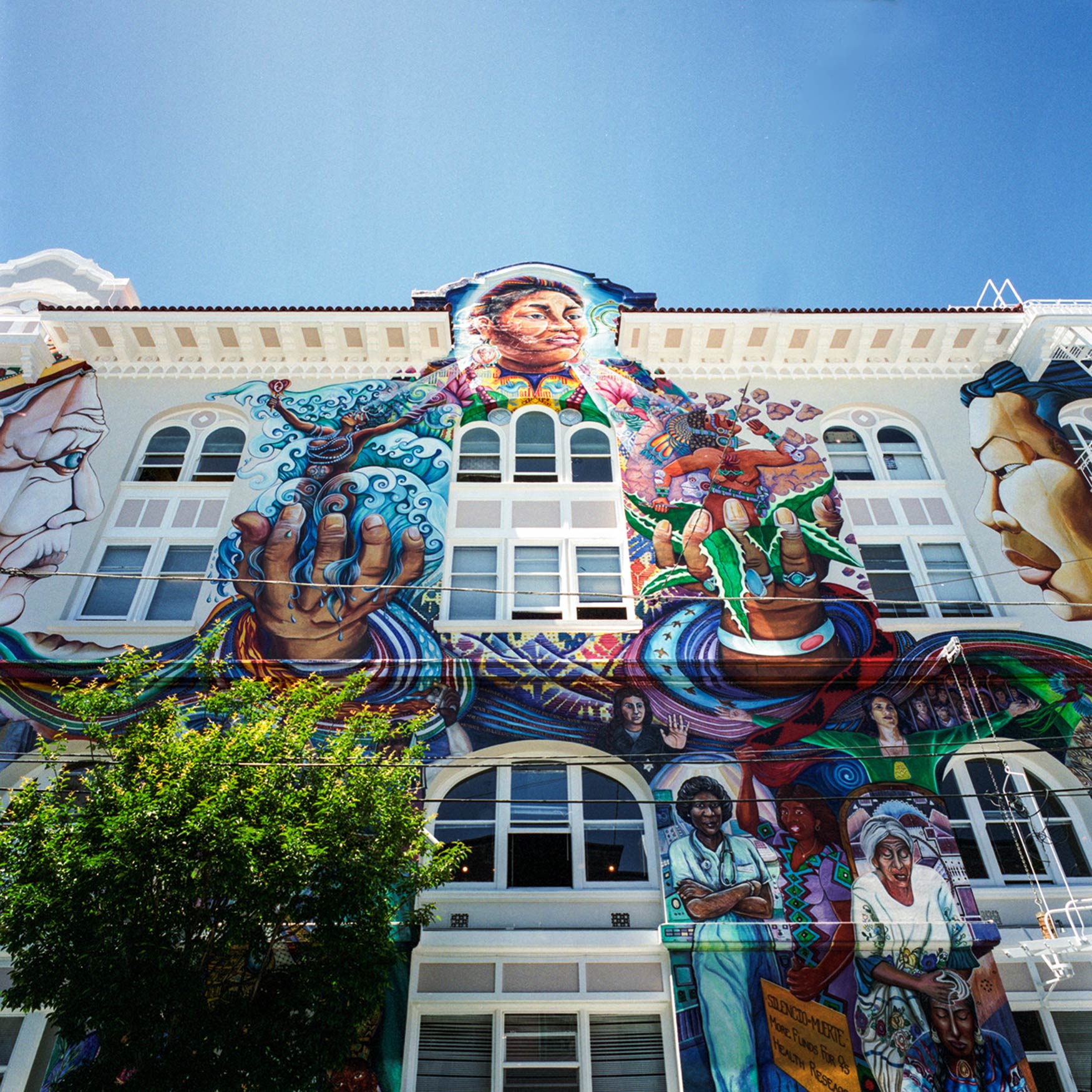
The San Francisco Women’s Centers, a collaborative nonprofit formed in 1969 by a number of feminist organizations, purchased the old Turn Verein building in 1979. The monumental mural, Maestrapiece, is the work of seven artists: Juana Alicia, Miranda Bergman, Edythe Boone, Susan Kelk Cevantes, Meera Desai, Yvonne Littleton, and Irene Pérez, who marvelously elaborated the exterior with images of pan-feminist icons such as Nobel laureate Rigoberta Menchú.
Constructed in the Mission Revival style for a German club, then used by a Norwegian club, and now an iconic women’s center and significant public work of art, 3543 18th Street oozes with history. It is listed in the National Register of Historic Places (2018) and as San Francisco City Landmark #178.
Inventing the Playground
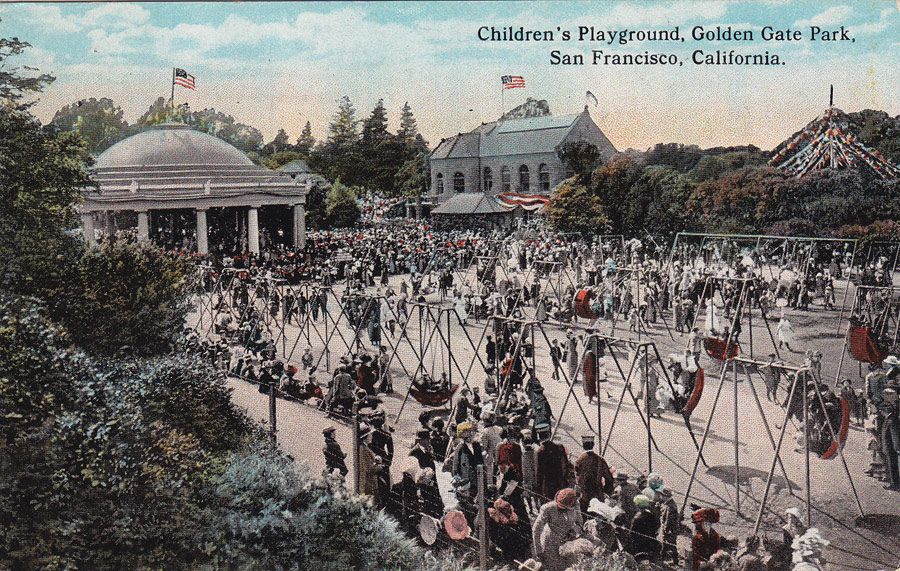
To keep up the stream-of-consciousness that is this week’s Grab Bag, I have always been told, and am too lazy to research to the contrary, that Children’s Playground in Golden Gate Park is the oldest established playground in the United States. As a kid who spent most of his free time in them, it still astounds me that both public parks and city playgrounds were essentially 19th century inventions born out of theories of social engineering.

